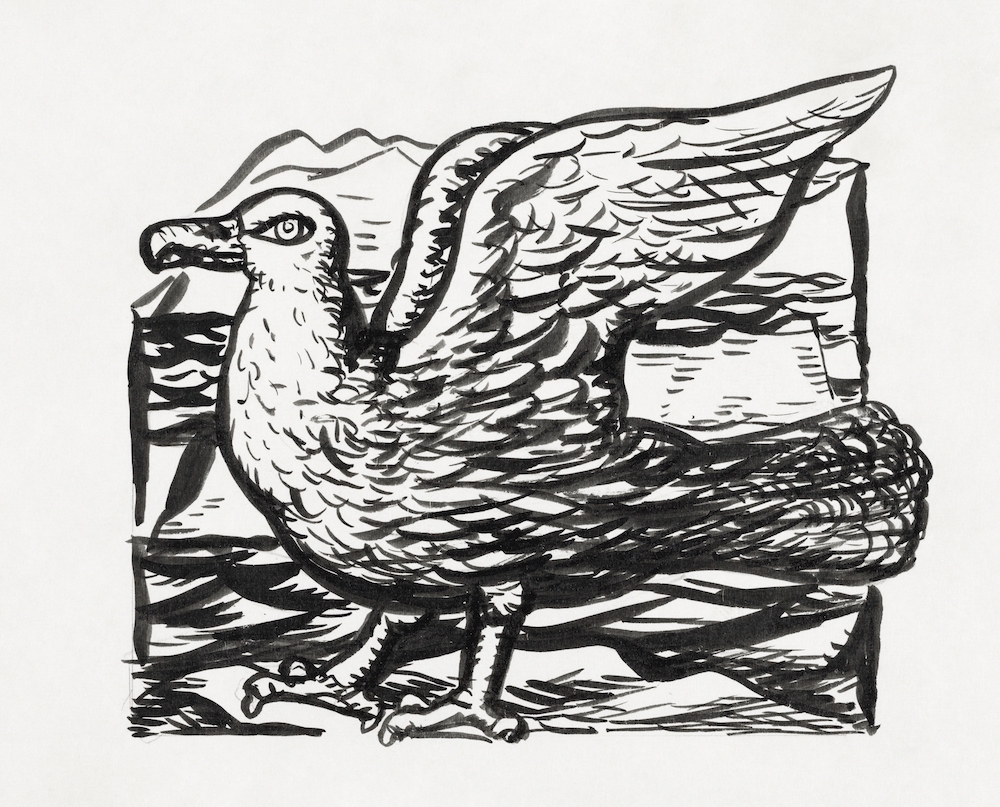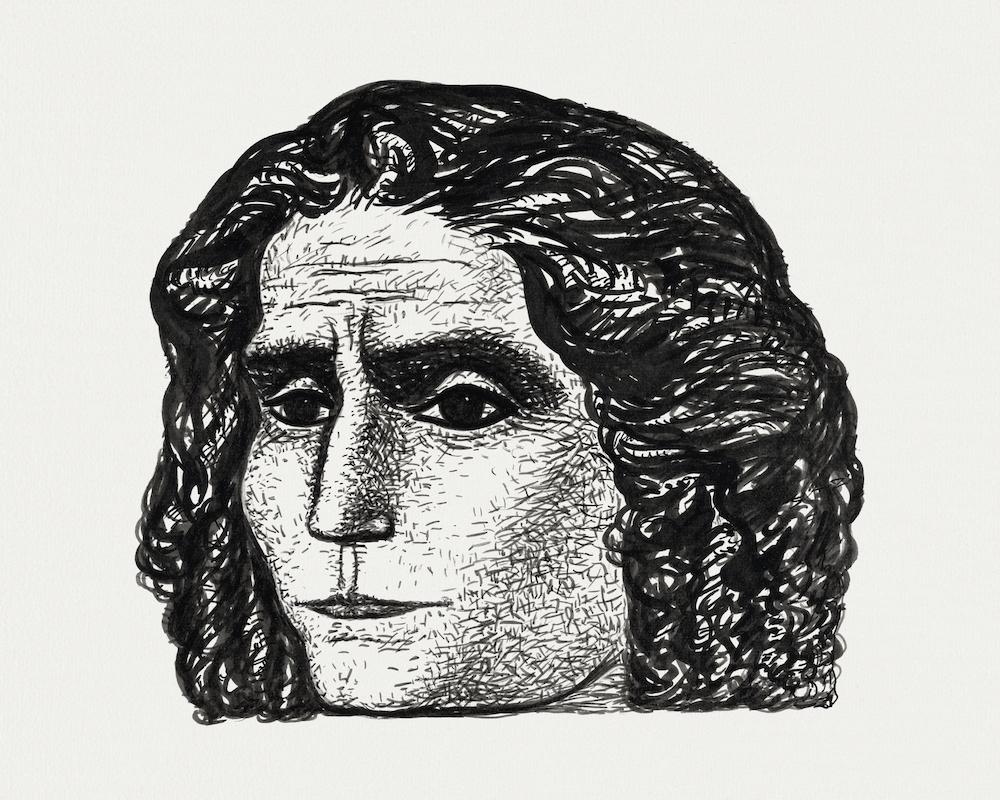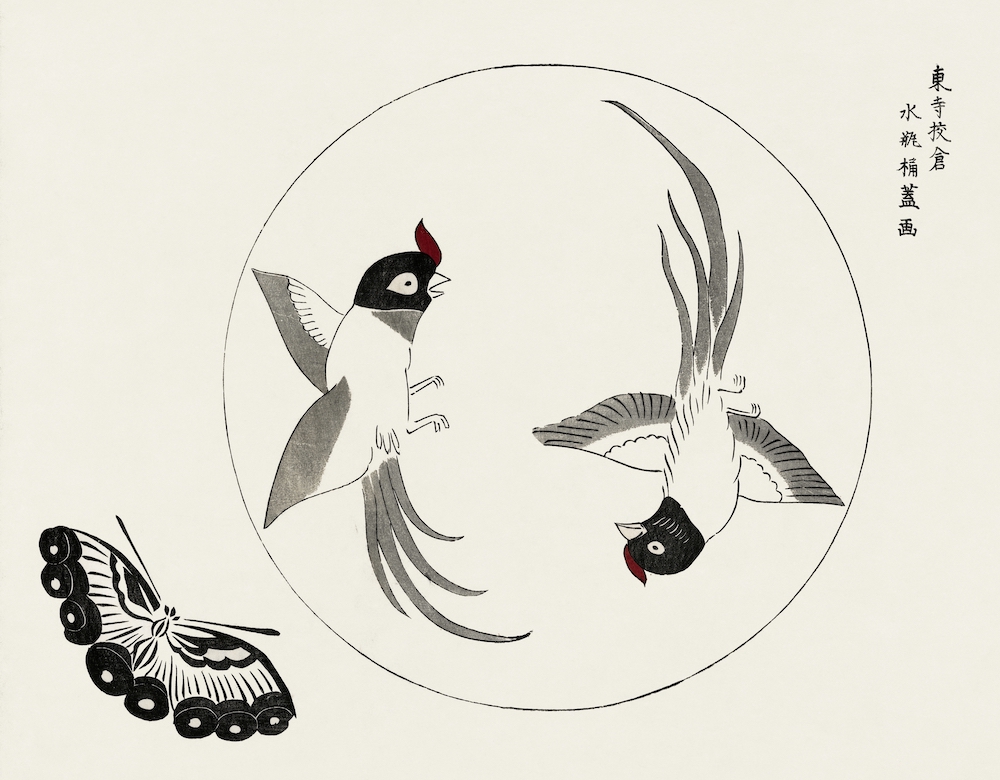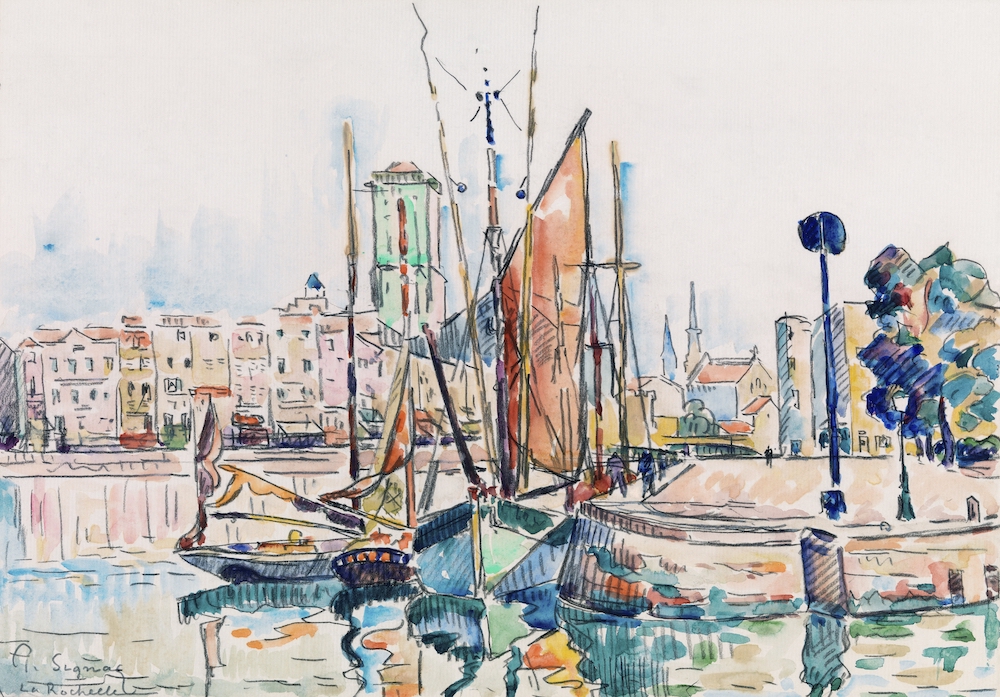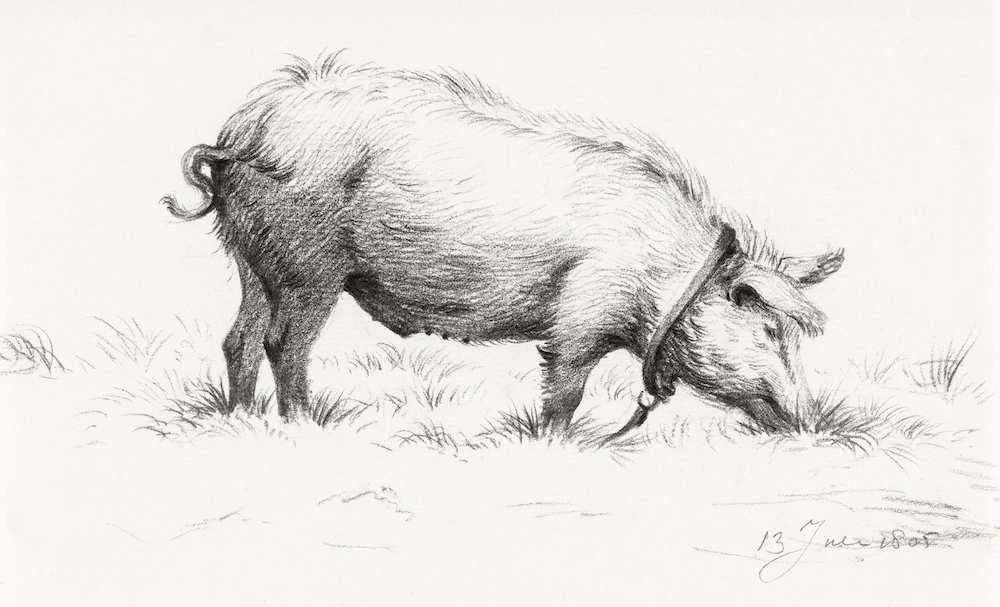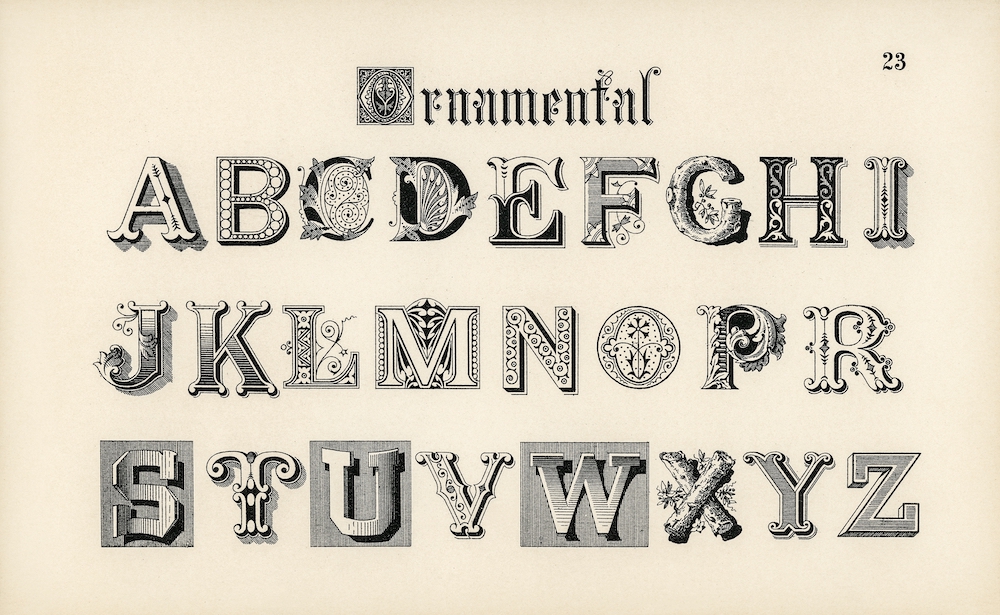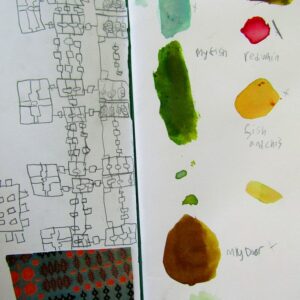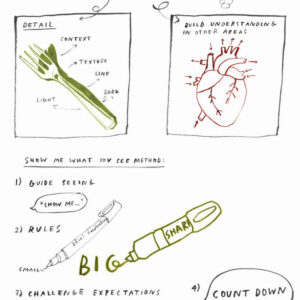By Elizabeth Hammond
In this post artist Elizabeth Hammond demonstrates how to use your foot as a drawing tool. This allows for freedom of expression and learning to embrace the unexpected while creating unique marks that bring a static object to life! Become a member to watch the full video.
To access all content, I would like to join as…
AccessArt is a UK Charity and we believe everyone has the right to be creative. AccessArt provides inspiration to help us all reach our creative potential.






